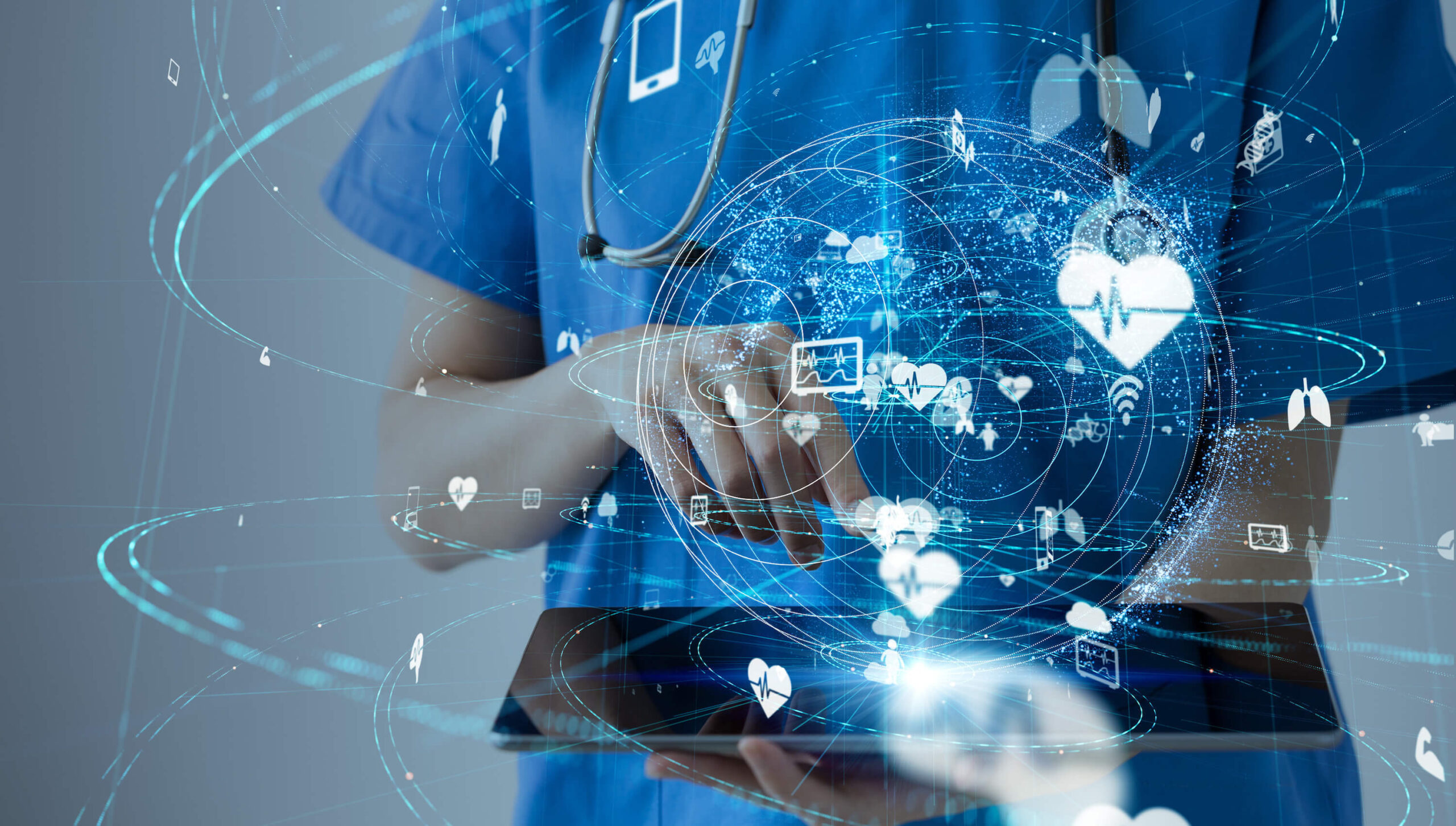Over the past ten years, computer vision has grown from an area based mostly on research to one that drives innovation in many fields. Computer vision has made it possible for machines to understand and process visual data. These new capabilities are changing how businesses work, make choices, and serve customers. Retail and health care are two fields that are at the forefront of this change, but it has an effect on many more.
The Role of Computer Vision in Retail
Retail has embraced computer vision to enhance both customer experience and operational efficiency. Smart cameras powered by advanced vision algorithms are now commonplace in stores, enabling real-time monitoring of customer behavior, shelf stock, and in-store movement.
Customer Analytics:
Retailers can improve shop layouts and product placement by looking at how many people walk through an area and how long they stay there. Computer vision systems can figure out which goods get the most attention and how people interact with screens, which used to be done by hand or with educated guesswork.
Loss Prevention and Security:
Computer vision is also a game-changer in reducing shrinkage. Advanced surveillance systems can detect suspicious behaviors in real-time, alerting store personnel before theft occurs. Unlike traditional security cameras, these systems analyze behaviors contextually, improving accuracy and reducing false alarms.
Checkout Automation:
Self-checkout systems enhanced by vision technology can identify products without relying solely on barcodes. This speeds up the checkout process and reduces friction for customers, especially in stores implementing “just walk out” models.
Transforming Healthcare with Visual Intelligence
Computer vision is helping doctors make faster and more accurate diagnoses, automate administrative chores, and provide better care to patients in the medical field, where accuracy and efficiency are very important.
Medical Imaging and Diagnostics:
Medical picture analysis is one of the most important ways that computer vision is used in healthcare. From X-rays and MRIs to CT scans and pathology slides, computer vision algorithms can identify anomalies such as tumors, fractures, or organ damage with high precision. These tools serve as decision support systems, helping radiologists make more informed judgments and reducing diagnostic errors.
Surgical Assistance:
Augmented reality (AR) systems powered by computer vision are assisting surgeons during operations. These methods put digital information on top of the real-world view of the surgery site, which makes it easier to see and more accurate. For example, identifying blood vessels or tumor margins in real-time can lead to safer and more successful procedures.
Patient Monitoring:
Hospitals are also using vision-enabled monitoring systems to track patient movement and behavior, especially in intensive care units or for fall-risk patients. These systems can alert staff if a patient is in distress or attempts to leave a bed unassisted, improving response times and safety.
Beyond Retail and Healthcare: Widening Horizons
While retail and healthcare are leading adopters, the applications of computer vision extend into numerous other fields:
Manufacturing:
In factories, computer vision systems are used for quality inspection and predictive maintenance. They can detect product defects, measure tolerances, and monitor machinery for signs of wear and tear—all in real-time.
Agriculture:
Farmers are using drones equipped with vision technology to assess crop health, monitor livestock, and optimize irrigation. Computer vision helps identify areas affected by disease or pests early, improving yield and reducing resource waste.
Transportation and Logistics:
Computer vision is vital in autonomous vehicles for object detection, lane tracking, and pedestrian recognition. In logistics, it assists in package tracking, warehouse automation, and route optimization by interpreting real-world environments visually.
Finance and Security:
Facial recognition, document scanning, and fraud detection are common in financial services. Banks and fintech companies use computer vision to streamline customer onboarding, verify identities, and flag suspicious transactions with visual evidence.
Final Thoughts
Computer vision is no longer a futuristic concept—it’s a present-day catalyst for transformation across industries. From streamlining retail operations to enhancing diagnostic accuracy in healthcare, its applications are vast and growing. As businesses continue to unlock the value hidden in visual data, computer vision will remain a cornerstone of innovation, efficiency, and competitive advantage.
